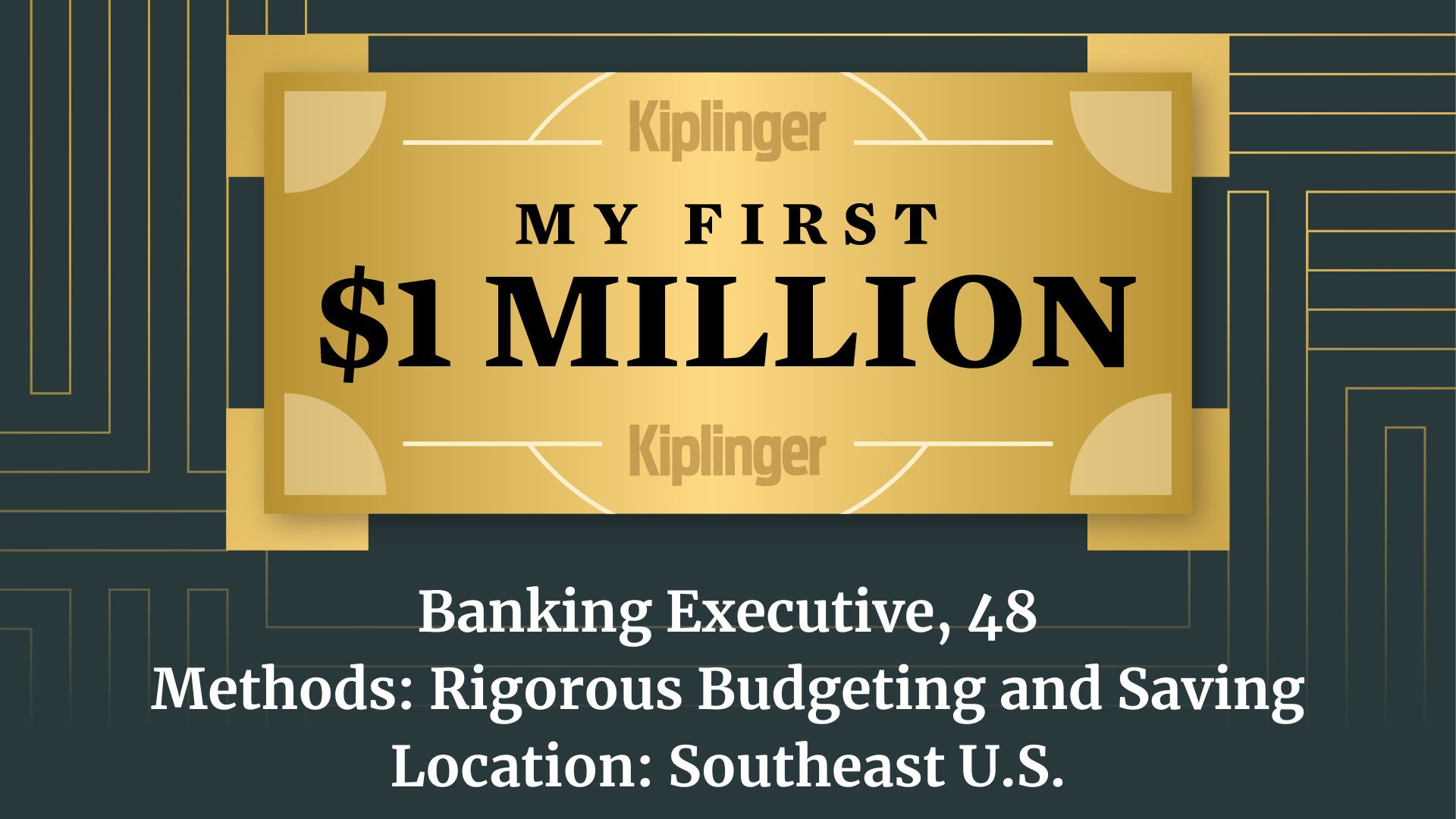Alternative Investments for a Smoother Ride
Assets that are neither stocks nor bonds may dampen volatility in your portfolio, but they do come with their own risks.

Over the past year, the U.S. stock market has essentially gone nowhere, but its day-to-day volatility has been astounding -- and frightening. Triple-digit daily swings in the Dow Jones industrial average have seemingly become the norm. As a result, the holy grail of the 21st-century investor is a combination of moderate risk and decent gains. Forget 15% a year. We'd be happy with 8% as long as it came with some protection on the downside.
Neal Simon, chief executive of Highline Wealth Management, in Bethesda, Md., puts the case succinctly: "My clients want to target high-single-digit returns without riding the roller coaster of the equity markets." Don't we all?
Traditional Approach vs. Alternative Moves
The time-tested way to dampen risk is to lower the share of stocks in your portfolio and boost the share of high-quality bonds. In 2008, for instance, an all-stock portfolio that tracked Standard & Poor's 500-stock index lost 37%, but a portfolio that was half in stocks and half in intermediate-term Treasury bonds lost only 10%. Sure, you sacrifice some potential gains in a great year for stocks, but usually not all that much. In 1997, an all-stock portfolio rose 33%, and a half-and-half portfolio gained a not-so-bad 25%.
From just $107.88 $24.99 for Kiplinger Personal Finance
Become a smarter, better informed investor. Subscribe from just $107.88 $24.99, plus get up to 4 Special Issues

Sign up for Kiplinger’s Free Newsletters
Profit and prosper with the best of expert advice on investing, taxes, retirement, personal finance and more - straight to your e-mail.
Profit and prosper with the best of expert advice - straight to your e-mail.
The problem today is that interest rates on quality bonds are minuscule -- 2.0% for Treasuries maturing in ten years, for example. Assume that stocks earn their long-term historical return of 10% and that Treasuries earn their yield (that is, they don't gain in value if rates fall or lose value if rates rise). Your gain on a 50-50 portfolio would be 6%.
If you're willing to move outside the comfort zone of traditional stock-and-bond investing, however, you may be able to grasp the grail. The possible salvation is euphemistically called alternative investments -- that is, assets that are neither stocks nor bonds and whose results don't closely track either the stock or bond markets. Moreover, most alternatives don't bounce around as much as stocks and so are viewed as less risky. They aim to provide a decent profit -- although not as much as what stocks have produced over the past century -- but with a smoother ride than stocks.
The Fund Way
In the past, investing in alternatives often required purchasing limited partnerships, including interests in hedge funds. Such funds carry fat fees, require high minimums and are often hard to sell. But in the past decade, investment firms have created dozens of mutual and exchange-traded funds that focus on alternative asset classes and strategies. You can buy and sell such funds the same way you would regular stock and bond funds and ETFs.
Among the most popular and successful of them is TFS Market Neutral (symbol TFSMX). As the fund's name indicates, its managers take a roughly neutral stance toward the stock market as a whole. They own some stocks the conventional way (known as a long position), and they sell others short -- borrowing shares, selling them and hoping to buy them back at a lower price in the future. (Funds in boldface are those I recommend.)
Unlike the vast majority of stock funds, TFS is not making a large bet on share prices rising, and it is not seeking to partake in a growing economy. Instead, it tries to find individual stocks that are mispriced -- those trading either below or above where they ought to be. Other alternative funds apply the same approach to such things as convertible bonds, commodities and currencies.
TFS's most recent report showed that the fund owned about $1.7 billion worth of stocks, including shoe manufacturer Timberland, and was short about $1.1 billion worth, including St. Joe, a Florida land company. TFS has a huge portfolio (nearly 4,000 stocks, both long and short) and rapid turnover (700% a year). Decisions are made using proprietary computer algorithms that amount to a sort of black box; how the TFS model works is, basically, none of your business. In addition, TFS, like most alternative funds, is pricey, with an annual expense ratio of 2.5%.
There is no arguing with the results, however. During the 2008 disaster, TFS lost only 7%, beating the S&P 500 by 30 percentage points. In 2009, TFS gained 17%, trailing the S&P by only ten points.
Morningstar calculates an important volatility measure known as the upside-downside capture ratio, and for TFS the numbers are spectacular. Over the past five years, the fund has captured half the upside of the stock market and only a little more than one-fourth of the downside.
I prefer alternative funds like TFS with the words market neutral in their names. Other alternative funds may use short sales to hedge their market exposure, but they often tilt toward buying stocks and, as a result, produce returns that are more closely correlated to the overall stock market.
For instance, Schwab Hedged Equity (SWHEX) had a long-to-short ratio of three to one at last report; for Wasatch Long/Short (FMLSX), the ratio was six to one. If you look at their performance charts on Morningstar.com, you'll see that these funds track the performance of the S&P 500 fairly closely.
Funds that invest in the commodity futures markets are also considered alternatives because such trading -- again, both on the long and short side -- has little correlation with buying stocks. One such fund that Highline Wealth's Simon favors for his clients is Princeton Futures Strategy (PFFNX), which modulates risk by allocating its assets among ten to 20 managers, who use different approaches. (You'll need to pony up $100,000 to buy the institutional share class. The Class C version, with the symbol PFFTX, requires just $2,500 and levies no sales charge but layers on additional annual fees.) Like most such funds, Princeton is relatively new, launched only in July 2010. In 2011 through December 2, Princeton's Class C shares lost 9.1%, ten points worse than the S&P 500.
Rydex|SGI Managed Futures Strategy (TFSMX), among the most popular funds in the category, with $2.5 billion in assets, has a longer track record, as well as a positive return in 2008, beating the S&P by 45 percentage points. But it has lost money each year since. Not moving in sync with stocks doesn't always mean you'll come out ahead.
Finally, some funds allow their managers discretion over such a wide range of investments that returns often lack correlation with the U.S. stock market. One example is Pimco All Asset (PASDX), run by Robert Arnott. The fund lost only 16% in 2008, gained 22% in 2009 and 13% in 2010, and was flat in 2011. Over the past five years, it has captured 77% of the market's upside and 62% of its downside. Arnott achieves these results by going long and short, holding cash, and owning stocks and bonds, both foreign and domestic.
Better Than Bonds?
The big question is whether alternatives are really better than bonds as a way to lessen your portfolio's risk. While TFS is the star of the market-neutral firmament, it returned just 5.6% annualized over the past five years. That's far better than stocks (the S&P 500 lost almost 0.2% annualized over that period), but well behind the 5% annualized return of the typical intermediate-term Treasury bond fund, which produced significant capital appreciation as well as interest income in recent years.
But much of the superior return from bonds over the past few years has been the result of plunging yields (bond prices move in the opposite direction of yields). With microscopic yields -- for Treasuries in particular -- big gains are unlikely from bond funds over the next few years, and the risk grows that you could lose money as interest rates rebound. Still, I wouldn't rule out owning some bonds. One of my favorite funds is Vanguard Intermediate-Term Bond Index (VBIIX). It has a little more than half of its assets in Treasuries and nearly all the rest in high-quality corporate bonds. And it charges just 0.22% a year for expenses.
Simon advises his wealthy clients to put about one-third of their assets in alternatives. Just realize that investments that rely on black boxes can be dangerous -- especially those with short track records and high fees. If you invest on your own, I don't think you should put more than 15% of your assets in alternatives, at least at the outset. Better yet, ask an adviser you trust to suggest asset allocations and funds. Alternatives may turn out to be the holy grail, but proceed on your quest with caution.
James K. Glassman, executive director of the George W. Bush Institute in Dallas, is author of Safety Net: The Strategy for De-Risking Your Investments in a Time of Turbulence (Crown Business). He owns none of the funds mentioned.
Profit and prosper with the best of Kiplinger's advice on investing, taxes, retirement, personal finance and much more. Delivered daily. Enter your email in the box and click Sign Me Up.

-
 How to Safely Open an Online Savings Account
How to Safely Open an Online Savings AccountOnline banks offer generous APYs that most brick-and-mortar banks can't match. If you want to make the switch to online but have been hesitant, I'll show you how to do it safely.
-
 7 Ways to Age Gracefully Like the Best Stock Photo Seniors
7 Ways to Age Gracefully Like the Best Stock Photo SeniorsAs a retirement editor, I've gleaned valuable wisdom (and a lot of laughs) from one older couple that tops the seniors' stock photo charts.
-
 My First $1 Million: Banking Executive, 48, Southeast U.S.
My First $1 Million: Banking Executive, 48, Southeast U.S.Ever wonder how someone who's made a million dollars or more did it? Kiplinger's My First $1 Million series uncovers the answers.
-
 5 Big Tech Stocks That Are Bargains Now
5 Big Tech Stocks That Are Bargains Nowtech stocks Few corners of Wall Street have been spared from this year's selloff, creating a buying opportunity in some of the most sought-after tech stocks.
-
 How to Invest for a Recession
How to Invest for a Recessioninvesting During a recession, dividends are especially important because they give you a cushion even if the stock price falls.
-
 10 Stocks to Buy When They're Down
10 Stocks to Buy When They're Downstocks When the market drops sharply, it creates an opportunity to buy quality stocks at a bargain.
-
 How Many Stocks Should You Have in Your Portfolio?
How Many Stocks Should You Have in Your Portfolio?stocks It’s been a volatile year for equities. One of the best ways for investors to smooth the ride is with a diverse selection of stocks and stock funds. But diversification can have its own perils.
-
 An Urgent Need for Cybersecurity Stocks
An Urgent Need for Cybersecurity Stocksstocks Many cybersecurity stocks are still unprofitable, but what they're selling is an absolute necessity going forward.
-
 Why Bonds Belong in Your Portfolio
Why Bonds Belong in Your Portfoliobonds Intermediate rates will probably rise another two or three points in the next few years, making bond yields more attractive.
-
 140 Companies That Have Pulled Out of Russia
140 Companies That Have Pulled Out of Russiastocks The list of private businesses announcing partial or full halts to operations in Russia is ballooning, increasing economic pressure on the country.
-
 How to Win With Game Stocks
How to Win With Game Stocksstocks Game stocks are the backbone of the metaverse, the "next big thing" in consumer technology.